No listing of Chillies from A to Z would be complete unless more information was given regarding their biological classification. Having an idea of how they are classified makes the subject even more intriguing, and fills in missing pieces.
All Chillies belong to the Solanaceae family. Solanaceae includes other vegetables like eggplants, tomatoes, potatoes, tomatillos, and goji berries. From this broad classification, they are broken down into the Genus Capsicum L -pepper. According to Wikipedia, it is believed that the name Capsicum may have originated from the Latin "capsa", which means to box (perhaps referring to the shape of the pods). Another possibility is that the name is derived from the Greek "kapto", which means "to gulp." The reference to pepper is thought to refer to the similarity in pungency that this Genus has with black pepper (Piper nigrum ). There is, course, no biological connection between black pepper (or Sichuan pepper) for that matter) and this Genus.
From this broad classification, they are broken down into the Genus Capsicum L -pepper. According to Wikipedia, it is believed that the name Capsicum may have originated from the Latin "capsa", which means to box (perhaps referring to the shape of the pods). Another possibility is that the name is derived from the Greek "kapto", which means "to gulp." The reference to pepper is thought to refer to the similarity in pungency that this Genus has with black pepper (Piper nigrum ). There is, course, no biological connection between black pepper (or Sichuan pepper) for that matter) and this Genus.
From here, things start becoming more specific. Capsicum is broken down into the particular species that the Chillies fall under. While there may be as many as thirty species, many of these grow only in the wild. Five species have been domesticated and are more well-known
Domesticated Chilli species
Capsicum annuum
It gets its name from "annual ", which implies that a plant only has one season from seed and then dies. This is, in fact, not the case. If not subjected to very cold conditions, these plants can survive for many seasons and turn into large perennial bushes.
Capsicum annuum includes Chillies like Bell peppers, Jalapenos, Poblanos, Cayenne, Hidalgo, Hungarian Hot wax, Chiltepin, Serrano, Paprika, Anaheim, Ancho, Banana pepper, Chile de árbol, Thai birds-eye and many more.
The Scoville rating for this species starts at the very bottom, with Bell peppers having a SHU of zero. Mild Chillies like Cubanelles, Poblanos, Anaheims and Jalapenos rank below 8000 SHU. The medium heat C annuums like Cayennes and Serranos have a heat rating of between 10000 and 50000 SHU. One of the hottest is the Thai birds-eye, with a Schoville heat rating of about 100000 SHU. Their flower corollas are typically white. A few varieties have purple flowers.
These Chillies are used in various dishes, including stuffed peppers, pickled Chillies, curry, moles, spicy stews, and many hot sauces.
Capsicum baccatum
The name means "berry-like", which generally describes the shape of Chillies that come from this species. It has its origins in an area (Peru and the Andean region of South America) hypothesised to be the birthplace of the first Chillies in this world. Aji Chillies, which generally come from this species, have been consumed in this region for thousands of years.
Chillies that fall into this species include Aji Amarillo (Peru's most popular Chilli), Aji Limone ( also known as the lemon drop Chilli), Pitanga ( starfish Chilli of Brazil), Bishops Crown, Aji Andean, Aji Ayucullo (Peru), Aji Benito (Bolivia), Aji Catatenango ( El Salvador), Aji Brown (Peru) and the White wax Chilli
The Scoville rating for this species of Chilli tends to range between 30000 and 50000 SHU, with certain exceptions. One exception to this is the Sweet piquanté pepper from South Africa with a SHU of 1177. The Aji Amarillo falls in the 30000 to 50000 SHU category, as does the Aji Limone. The flowers petals (corollas) are coloured between white to cream. Their corollas have dark green, yellow or brown spots at the base. This species is probably the easiest to identify by this trait
In cooking, B baccatum is used in ceviche (Aji Amarillo and Aji Limone), grilled chicken (Aji Amarillo), fish stews (Dedo De Moca in Brazil) and many other dishes. The Aji Amarillo, by far the chefs choice in Peru, is used to make dishes like Pollo a la Brasa with Aji Verde , Cau Cau, Causa and Papas ala Huancaina (layered potatoes with a creamy spicy sauce).
Capsicum_chinense
The naming of this species came from the mistaken belief of a Dutch botanist that it originated in China. He came to this conclusion of noticing how extensively it was used in Chinese Cuisine. In fact, it was introduced to China by European explorers. Chinense is a very hot species of Chilli that has its origins in the Andean region. It is known as a Habanero type Chilli and includes.
Scotch bonnets, Adjumas & Madame Jeanette's (from Suriname), 7 pot cultivars, Trinidad Scorpions, Bhut Jolokia (Ghost peppers), Datils (from Florida) and Fatalli (from South central Africa)
The Scoville rating of these chillies is more than 100000 SHU. The Carolina Reaper , which is officially the hottest Chilli in the world, is a cultivar of this species. It is a cross between the a Soufriere pepper from the Carribean and the Naga viper Chilli from Pakistan. It rates a whopping 1,569,300 on average SHU on the Scoville rating scale. Less pungent cultivars like the Habenero and Scotch bonnet are in the 100000 to 350 000 SHU range. Certainly hot Chillies indeed! Their flower corollas (petals) are white. The anthers and filaments are purple.
These Chillies are typically used in dishes from the Caribbean, like Jamaican Jerk chicken, Mexican dishes like Salsas, and very hot hot curries like Vindaloo and Phall (one of the hottest curries in the world).
Capsicum_frutescens
Frutescens means "Shrub Like". These pungent small Chillies that grow skyward facing are prized in China , Africa, Indonesia, Brazil, the Philippines and the USA for their fantastic flavour. They are commonly used to make hot sauces like Tabasco, Piri- Piri, etc. They have their origin in South America, but were widely distributed by the Portuguese around the world.
Chillies in this species include African devils, Malaguetas, Cabai Rawit, Siling labuyo, Xiaomila_pepper and Tabasco.
These Chillies are in the comfortable range for most Chilli Lovers. In common with Chillies, like the Cayenne, Thai birds eye (which is often mistakenly thought to belong to this species) and the Serrano from Capsicum Annuum, these Chillies are widely used in everyday cuisine . They are in the 30000 to 175000 SHU range . This makes them pungent, but pleasantly so . African Devils have a SHU oF between 500000 and 175000 SHu. Malaguetas are in the 60000 to 100000 SHU range, and the Siling labuyo 80000 to 100000 SHU . Tabasco chillies, which are used to make the sauce of the same name, have a relatively mild SHU of between 30000 and 50000 SHU.
The flowers have green/ white corollas with no spots. They have purple anthers and filaments
Besides their use in hot sauces, this species is used to add flavour to many dishes and pungency to dishes like Piri Piri Chicken ( Portugal, Brazil and Southern Africa, Moqueca de peixe com camarão ( Brazil), Sambals (Indonesia), Chilli vinegar ( Philippines) and a host of other dishes from around the world.
Capsicum pubescens
Chillies that have been used for thousands of years in the Andean region. Traces of its use go back more than 7000 years, with traces of its use found in the Guitarrero Cave. Its name means "hairy" in reference to the hairs in its leaves.  In Peru and Ecuador, it is known as a Rocotto, Locoto in Bolivia and Argentina, and as the Manzano pepper (apple pepper) in Mexico.
In Peru and Ecuador, it is known as a Rocotto, Locoto in Bolivia and Argentina, and as the Manzano pepper (apple pepper) in Mexico.
Rocotos are very hot with a Scoville rating of between 100000 and 300000 SHU. These are a variety of cultivars, including the brown rocoto, rocoto Canario ( yellow), Rocoto de Seda, Rocoto Largo san Isidro, Rocoto Roja (red), orange rocoto, and the white rocoto . These cultivars come in various shapes, including resembling apples and pears. It is called a Manzano in Mexico because this means apple in Spanish. Their flowers are purple.
These Chillies are essential in Peruvian cooking and the most important ingredient in the Bolivian sauce Llajua. It is also used as an ingredient in ceviche and Rellenos. Its thick walls make it excellent for stuffing Its flavour is described as being similar to a Bell pepper, with the juiciness of a tomato, but with a very pungent heat. When cut in half, it actually even looks like a tomato with black seeds.
Final thoughts.
This post on Chilli varieties from A to Z carries information on all the most known domesticated Chillies. Because many Chillies are covered , it is only possible to give an idea of where they are used in cooking. Their uses, of course, are far more comprehensive than that. There are hundreds of Chillies in these species, so there are probably a hundred ways to use them.
All these species have characteristics that help identify them. For a more in-depth look at these distinguishing characteristics, visit the Chili Pepper project website.
Image Credits
Maja Dumat / CC by 2.0/ via Flikr
Mark Levisay / CC BY 2.0 / via Flikr
Mark Levisay / CC BY 2.0/ via Flikr
manual m.v / CC BY - SA2.0 / via Flikr
Adam mckenna, / CC BY-SA 3.0 /via Wikimedia Commons
The original uploader was JoeCarrasco at English Wikipedia./ CC BY-SA 3.0 / via Wikimedia Commons.
Daniel Risacher, / CC BY-SA 3.0,/ via Wikimedia Commons
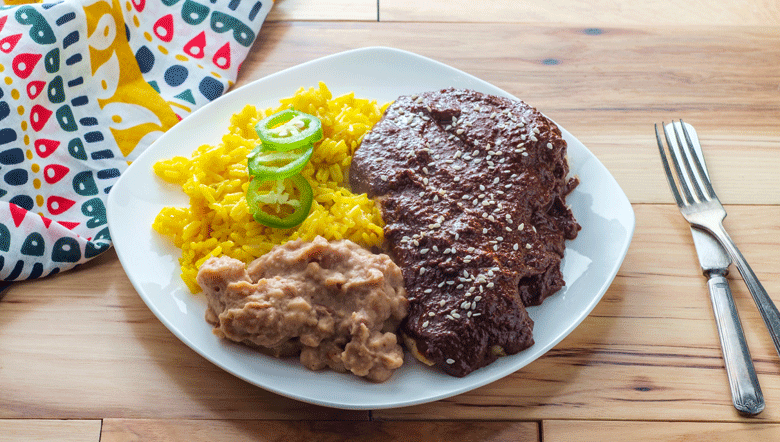

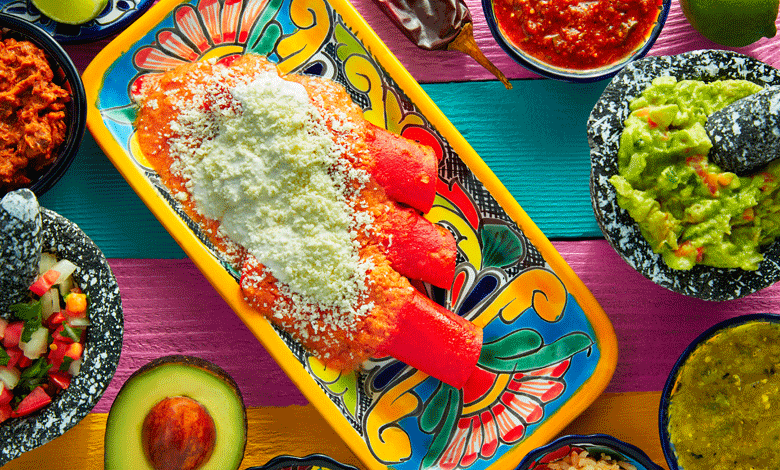

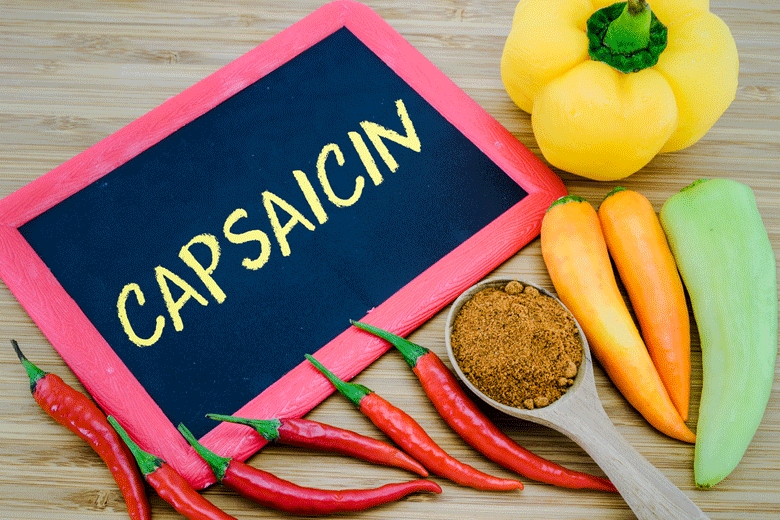

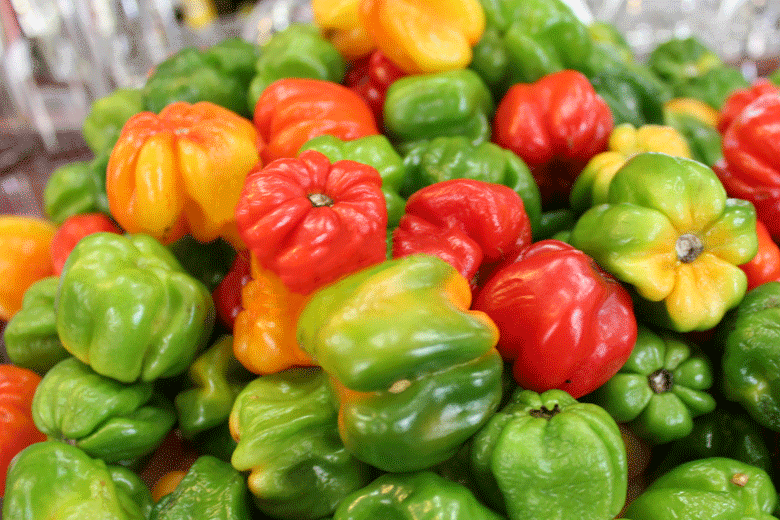
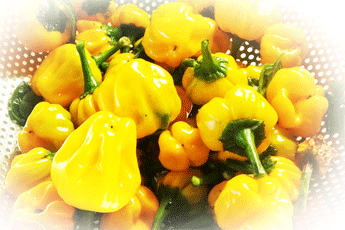




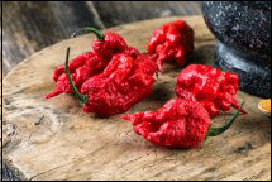
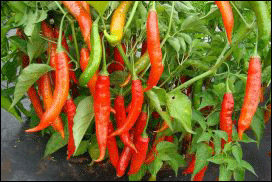
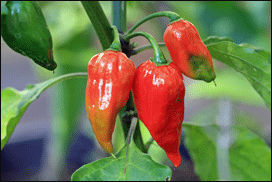
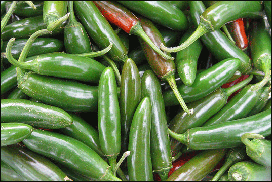
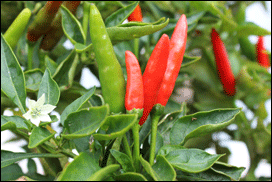
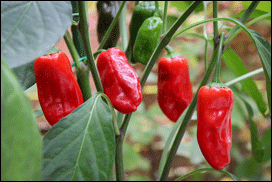


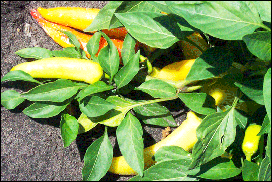
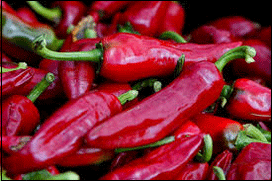
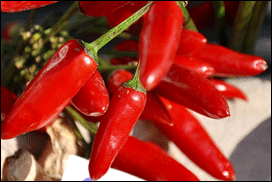

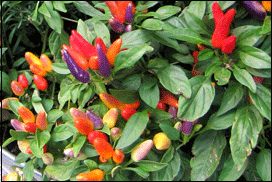


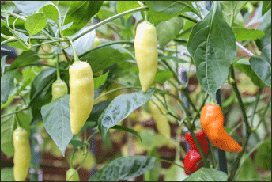
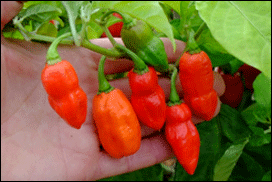

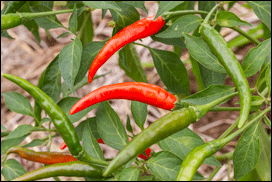
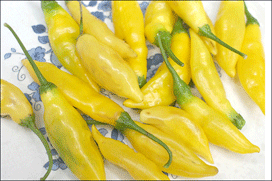
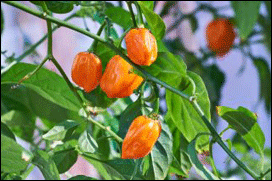
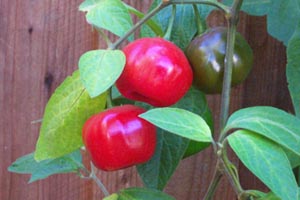

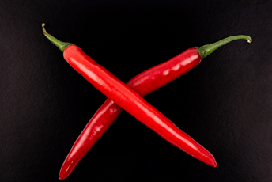

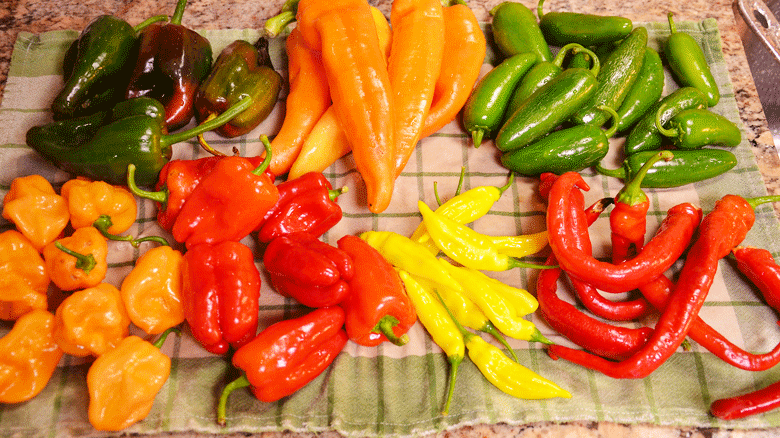
 From this broad classification, they are broken down into the Genus Capsicum L -pepper. According to
From this broad classification, they are broken down into the Genus Capsicum L -pepper. According to 






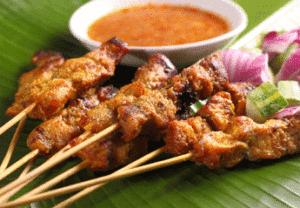
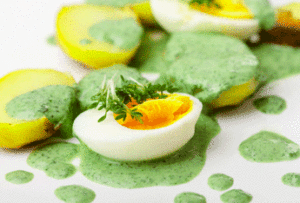
 Nam Prik from
Nam Prik from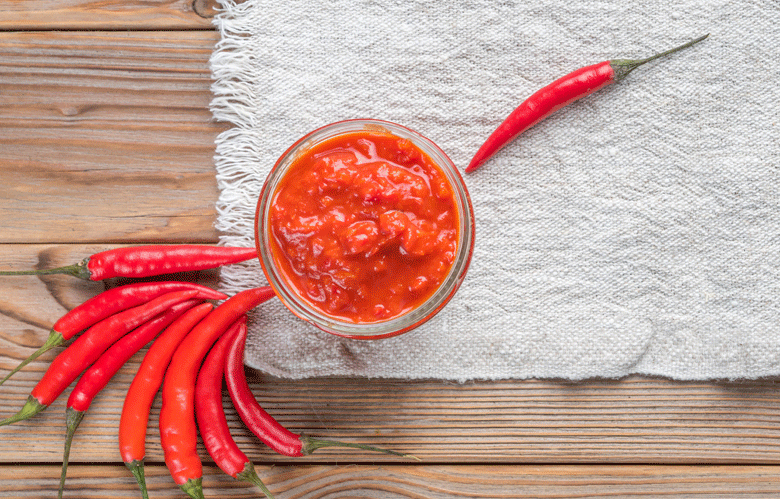
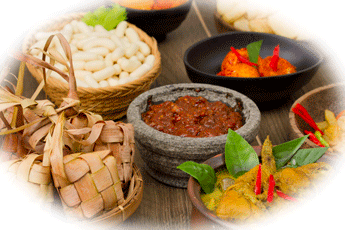 When red Chillies are used, it becomes Skhug adom.
When red Chillies are used, it becomes Skhug adom.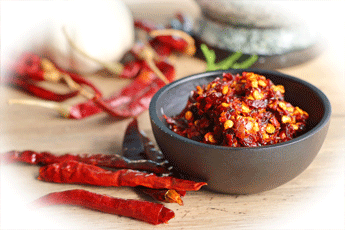
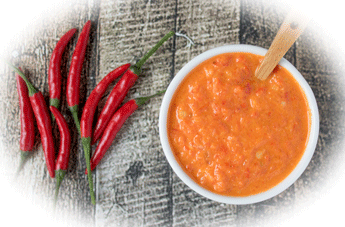 , various herbs and spices, saffron, tomatillos, tomatoes, oil,
, various herbs and spices, saffron, tomatillos, tomatoes, oil,  Sambal Terasi is served with meat, poultry, fish and vegetables. This sambal is also called Belechan
Sambal Terasi is served with meat, poultry, fish and vegetables. This sambal is also called Belechan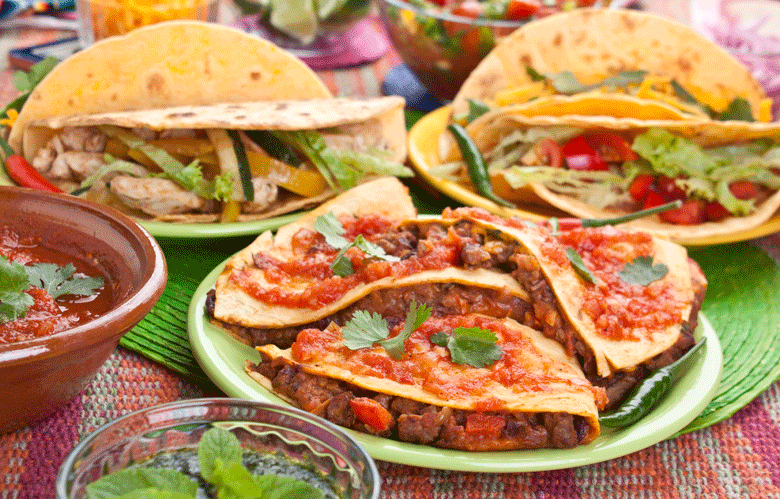

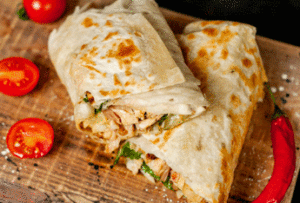

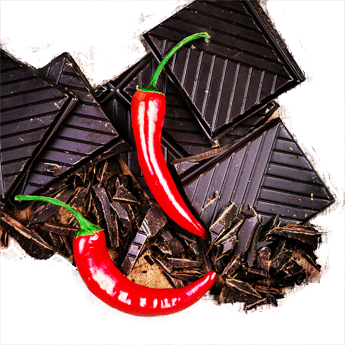 A Mole usually consists of a mixture of Chillies, seeds, nuts and
A Mole usually consists of a mixture of Chillies, seeds, nuts and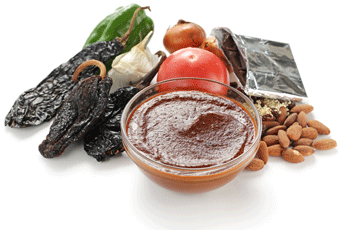
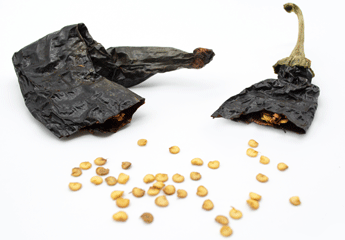


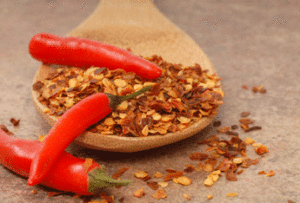
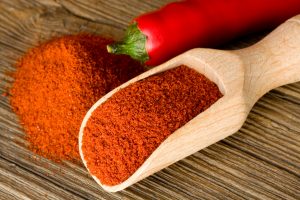

 Drying Chillies that you have grown yourself to make the best Chilli powders, flakes and rubs is the ideal. To get a really good result, you are looking to dry Chillies at the peak of their ripeness, rather than simply using the last of you
Drying Chillies that you have grown yourself to make the best Chilli powders, flakes and rubs is the ideal. To get a really good result, you are looking to dry Chillies at the peak of their ripeness, rather than simply using the last of you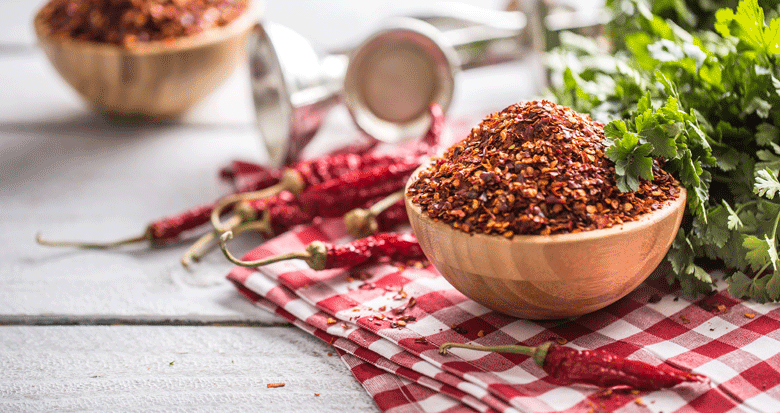
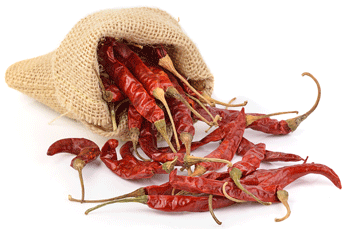
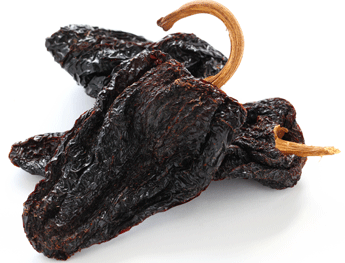
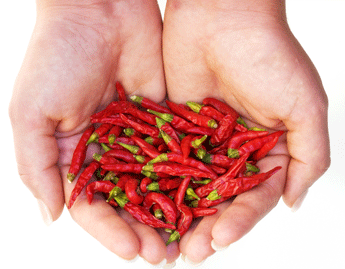


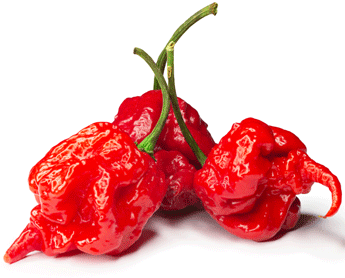 Eye goggles and gloves should be the order of the day. It can be used as a general seasoning when used in moderation, like scrambled eggs, and in hot curries like
Eye goggles and gloves should be the order of the day. It can be used as a general seasoning when used in moderation, like scrambled eggs, and in hot curries like